
Rosario Patanè: “A calotype is a “supreme art” in photography”
Photographer and calotype maker Rosario Patanè, originally from Acireale, Sicily, is the true spiritual heir of the calotypists of the past: building upon existing calotype recipes, he modifies the ingredients to obtain a working formulation. His main goal is to create formulas that respond to his requirements of using photography professionally.
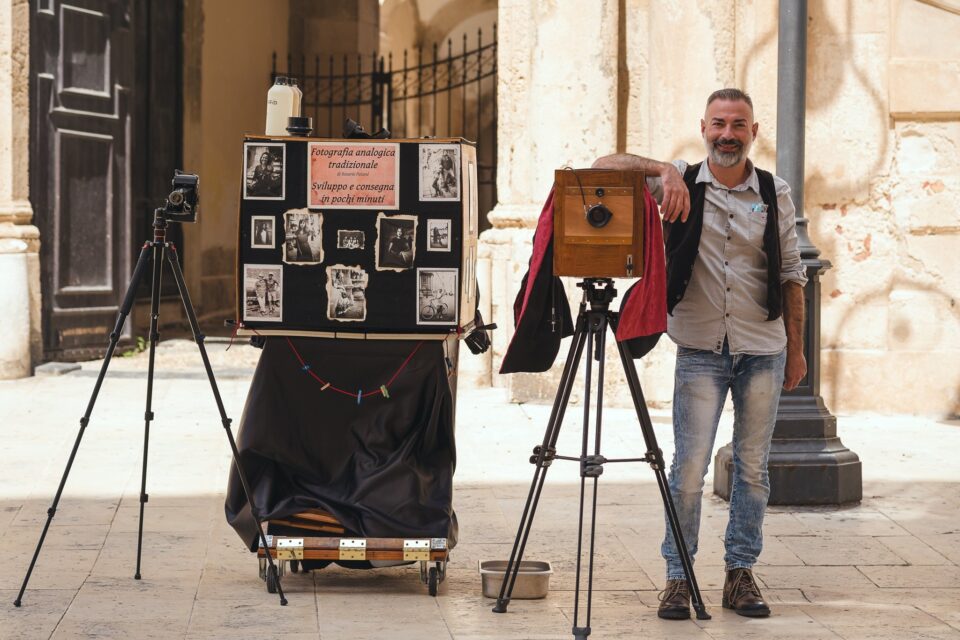
My name is Rosario Patanè. In the calotype universe I have been present since 2019, even though I have been a professional photographer for about 10 years. I deal with travelling portrait and landscape photography. I work with a portable darkroom where I can develop my photographs and deliver them to clients fairly quickly. I’ve been doing this kind of activity for about 7 years and for this reason I’m considered a pioneer of the immediate itinerant photography of our century, and in this and obviously in my daily life I’m helped and supported by my life partner Barbara – she often helps me with clients, to take pictures, even as a model of course and she is by my side especially in my periods of difficulty, when I go crazy with photographic emulsions (xd).
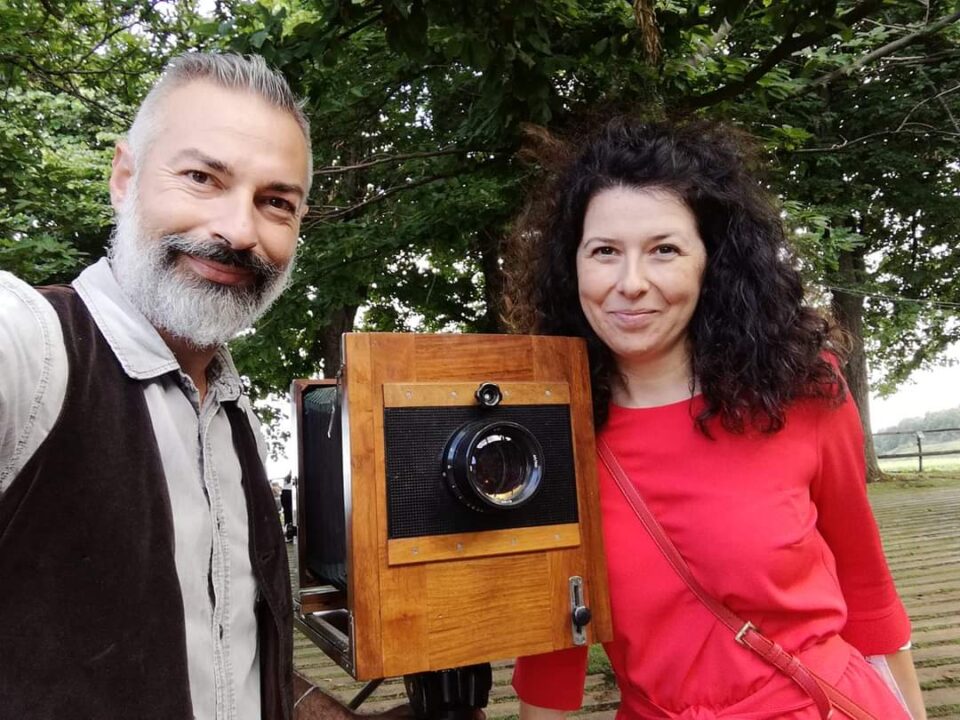
About education
I studied psychology and philosophy and graduated from the Socio-Psycho-Pedagogical Institute. I studied music privately and then, out of passion, photography of course! I have a certificate of professional qualification as a photographer. I am specialised in alternative techniques, experimentation and preparation of photographic emulsions.
About calotypes
I approached calotypes about a year ago; it came spontaneously through my studies on direct positive emulsions. Very different things of course, but by dint of making negatives to test the emulsions, I realised how much beauty there is in this art. Yes, calotypes are not just a technique. A calotype is art. I was so taken by the beauty of the negatives and the charm and the colour of the prints, the transparency of the paper, the painstaking procedure when I initially wanted to use William Henry Fox Talbot‘s technique – but then I modified it according to my own needs. For example, I use chloride or bromide emulsions rather than iodide, which I then develop with alkaline developers prepared by me. Sometimes I also develop in gallic acid, but only in honour of Mr Talbot (XD).
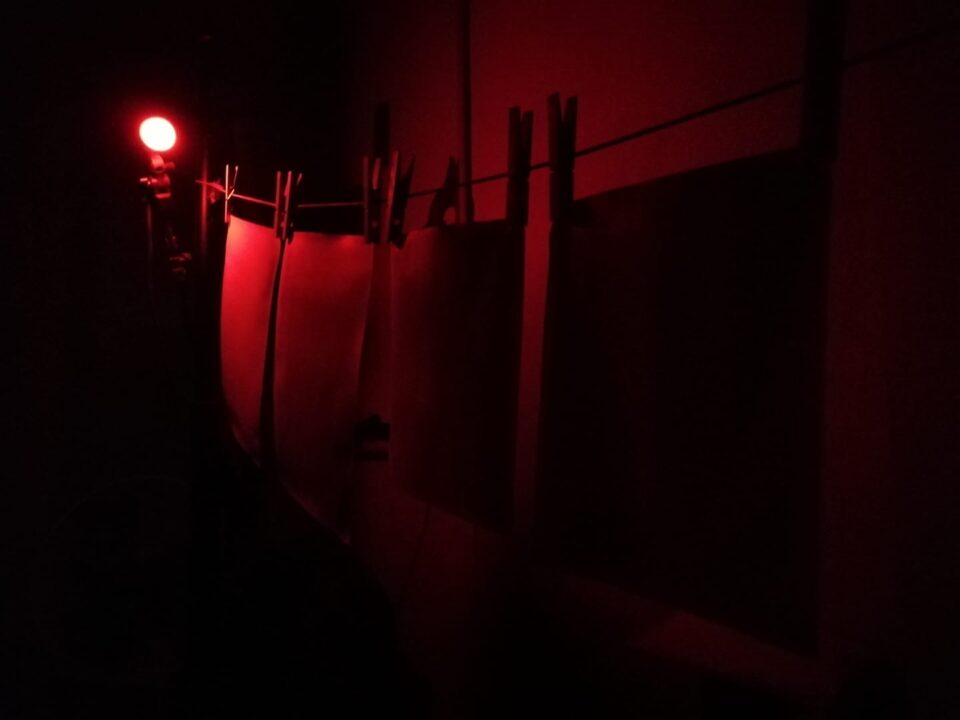
Modern photography is mainly made for communication, while the charm halfway between drawing and real photography, typical of calotypes, makes the works much closer to my way of conceiving photography, the art of photography, the art of observing and reinterpreting the reality that surrounds us.
Rosario Patanè

About landscapes and portraits
My first calotypes cannot really be called calotypes. Simply because the emulsions were very complex and “all in one” as I like to call them, i.e. I did not form the halides between the paper fibres but spread the emulsion I had prepared onto the sheet. Later, when I got the idea of approaching calotypes, I started with landscapes first, and then portraits. Yes, certainly landscape is one of my very first subjects, especially urban and mountain scenery, and basically it is still my favourite genre besides portraits.
About the leading role of calotypes
A calotype is art, as I mentioned earlier. Modern photography often lacks the artistic side. Calotypes, on the other hand, have a different aura. Modern photography is mainly made for communication, while the charm halfway between drawing and real photography, typical of calotypes, makes the works much closer to my way of conceiving photography, the art of photography, the art of observing and reinterpreting the reality that surrounds us. I therefore decided that calotypes, together with Bayard’s Direct Positive, bichromate prints and other alternative techniques such as the colour direct positive process, should have a leading role in my artistic life. So I chose to make it the protagonist because it is the “supreme art” in photography, because it is the “origin”, because it is pure “emotion”.
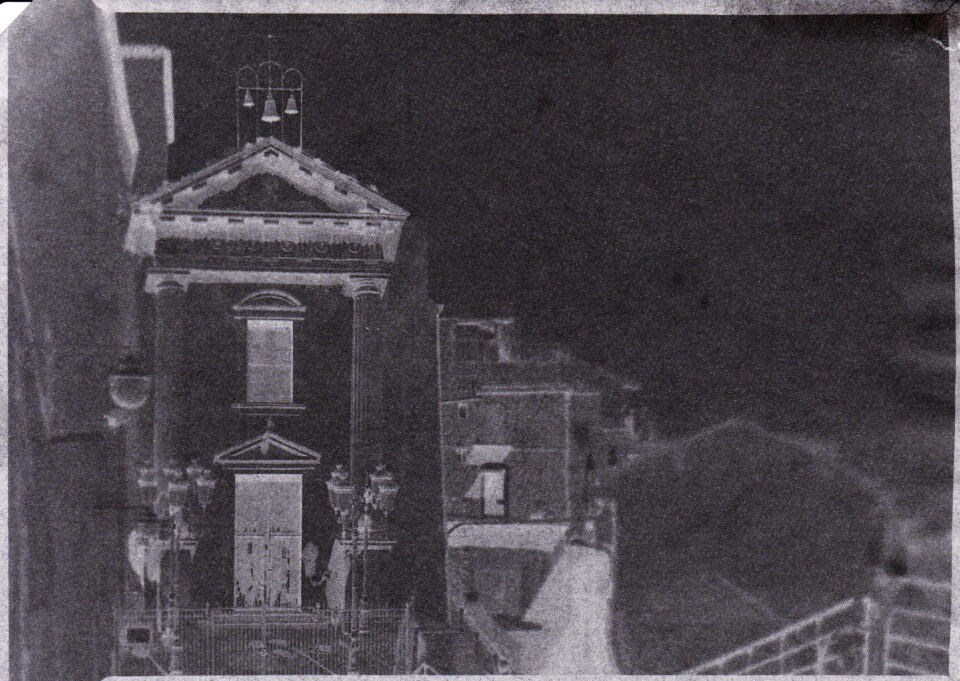
About the study of emulsions
So, calotypes mark a new path for me – above all, the study of emulsions. After about a year and a half of intensive study I am now able to understand and make a wide variety of things.
I know why an emulsion is slow, medium or fast. I am able to speed it up and to choose the proportions of the halogens. I know what the ammonia in the silver nitrate is for, what the acids are for. I understand the characteristics of each salt very well, I know how to expand the tonal sensitivity in the spectrum…Thanks to calotypes and the study of emulsions, which I approached at the beginning perhaps just like those pioneers of photography, with the same spirit and little chemical knowledge, today I can create extremely personal and customised works, just as “the eye of my mind and heart sees“, to paraphrase the great Alfred Stieglitz.
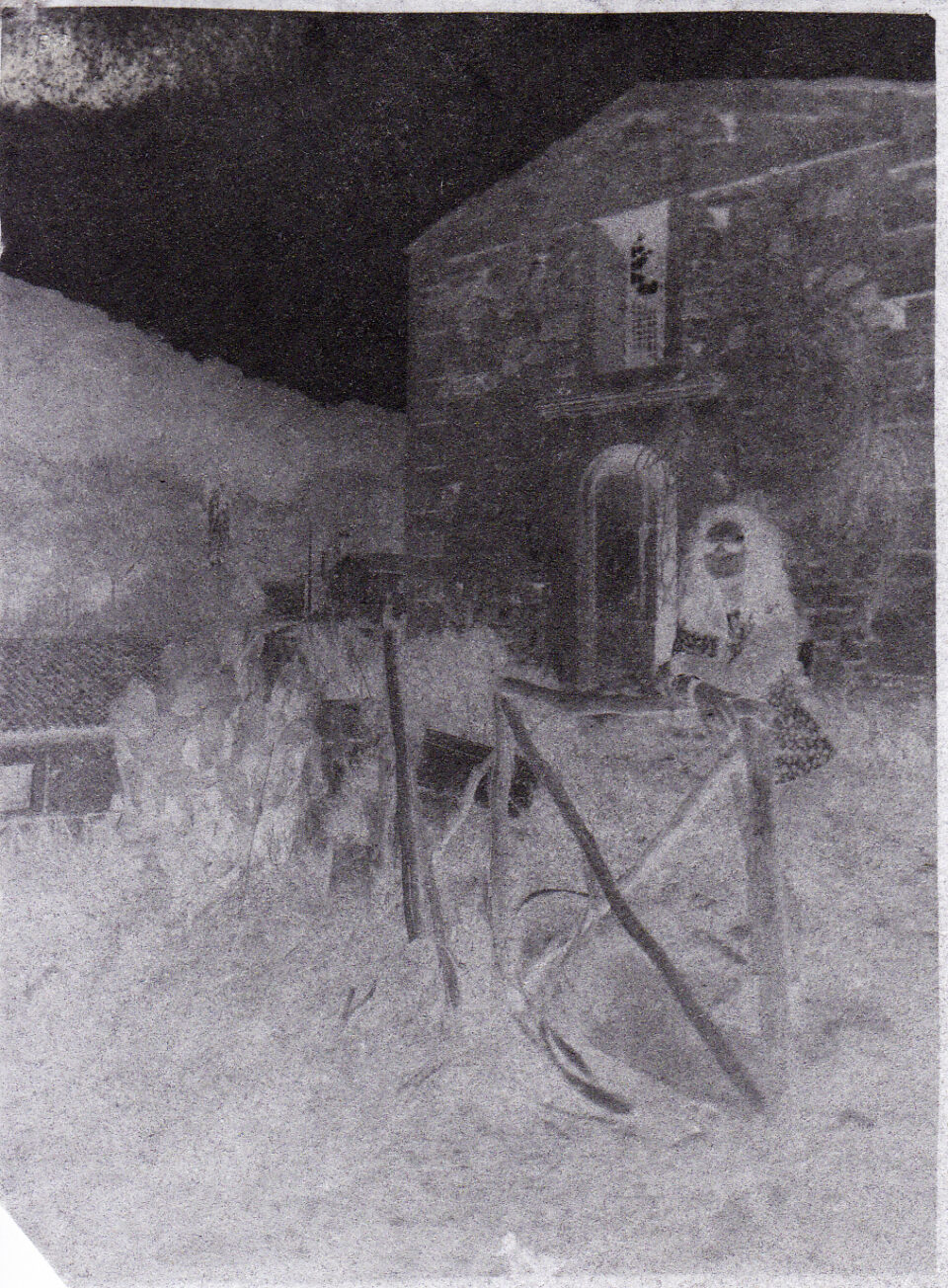
About the first camera
My first camera is a 1910 Paris Opera 9x12cm that I bought about 9 years ago. I still use it today for walking around and having fun making small calotypes. I love small calotypes, they are a real visual treat. For work I mainly use a 5×7 in. Kodak 2D that I have had for about 8 years, and an 18×24 cm FKD that I work with on the street, and can do 3 different formats because I have made reducing backs.
When I work with landscapes I simply let myself be captured by the charm of the places. Let’s just say that I’m very attracted to old places full of history.
Rosario Patanè

About calotype recipes
The calotype recipes I use are personal, of course. As I have already mentioned, I started with the famous 64g of iodide in a litre but then I moved on to other salts, also because iodide alone does not give a good yield. I mainly use, so to speak, slow-medium to fast emulsions of chloride, chloride-bromide, bromide and bromide-iodide. Each has its own particularities. Since I have to take a lot of photos, I use low salt concentrations, and consequently respective proportions of silver nitrate. Sometimes I also print calotypes using the bichromate technique.
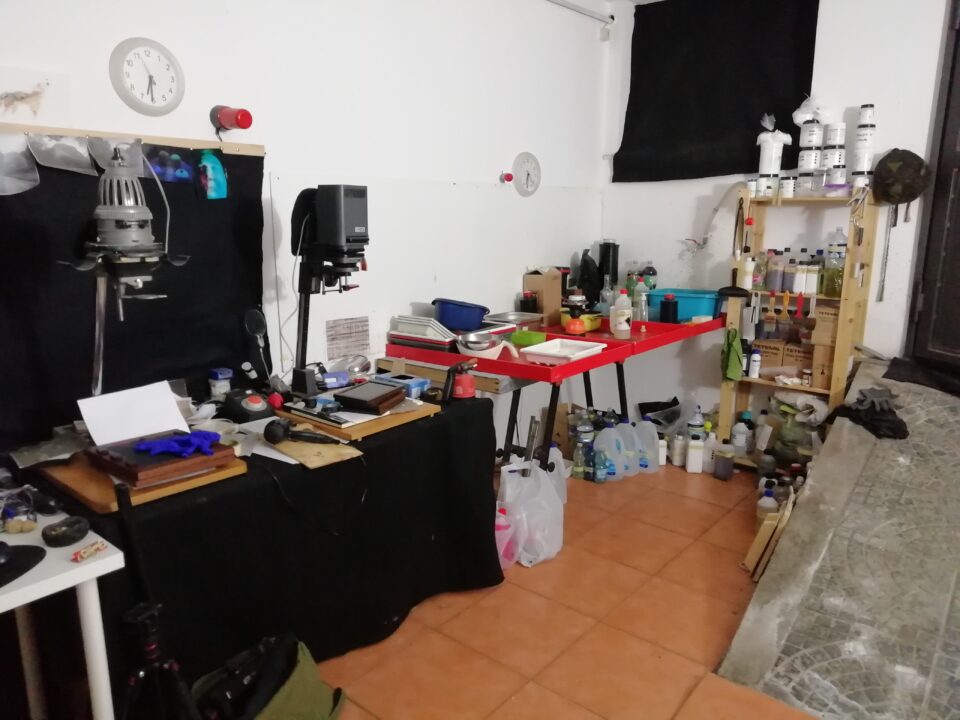
About teachers
I have been my own teacher. The photography course I followed was digital. In other words, I trained completely on my own, in books. I have a lot of books, from the Adams series to an encyclopaedia of photography, passing through the Cesco-Ciapanna books and, above all, very old books, such as Photographic Emulsion Technique of 1921 and Photographic Emulsion of 1941. I have a lot of books but… without experience you can’t go anywhere. I experience everything. For instance, I like the photographs of Nadar, Talbot, Bayard, the Beato brothers, Gary Rogers, David Hamilton, Josep Casals Ariet, Emil Otto Hoppé, Humberto Rivas.

About the darkroom
The Darkroom is my temple and my sacred place. Because it is the place where ideas come together with creativity. Above all, the Darkroom is my delivery room.

About love to calotypes
I love the whole process. Firstly, I like preparing the emulsions and the paper, then developing the negatives. Secondly, I love oiling or waxing the paper negative and then printing through my self-made presses. Thirdly, and most importantly, I love the print that matures after several days. However, a calotype is a meditation. I could shoot with very short times making very fast emulsions and instead I always choose the right compromise between slowness and practicality. Why? It’s simple. Calotype is a moment dedicated to the deep and thorough observation of my subject, it is contemplation. In conclusion, calotype has taught me to be even slower and more reflective; it has taught me to go to the bottom of everything.
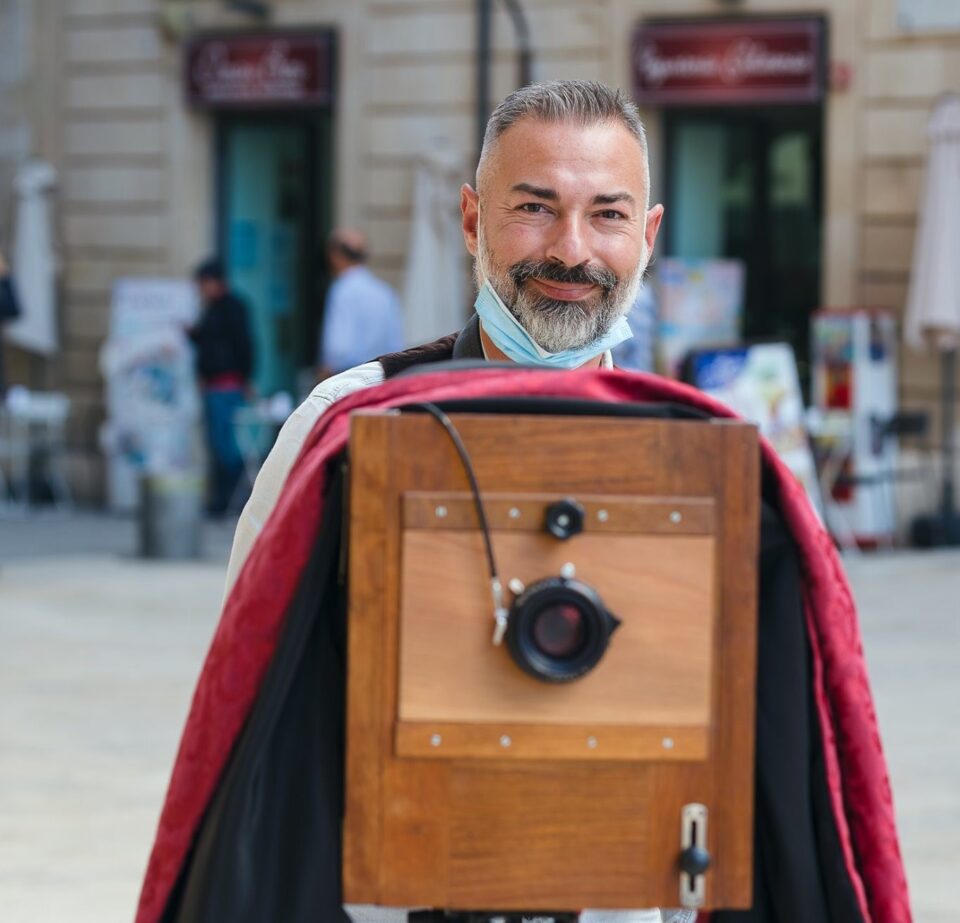
Interview by Asia Weber
Sources:
